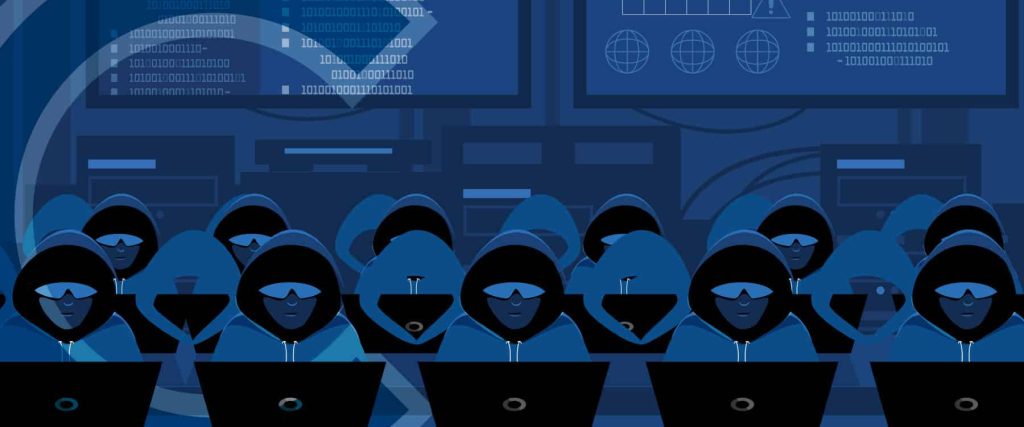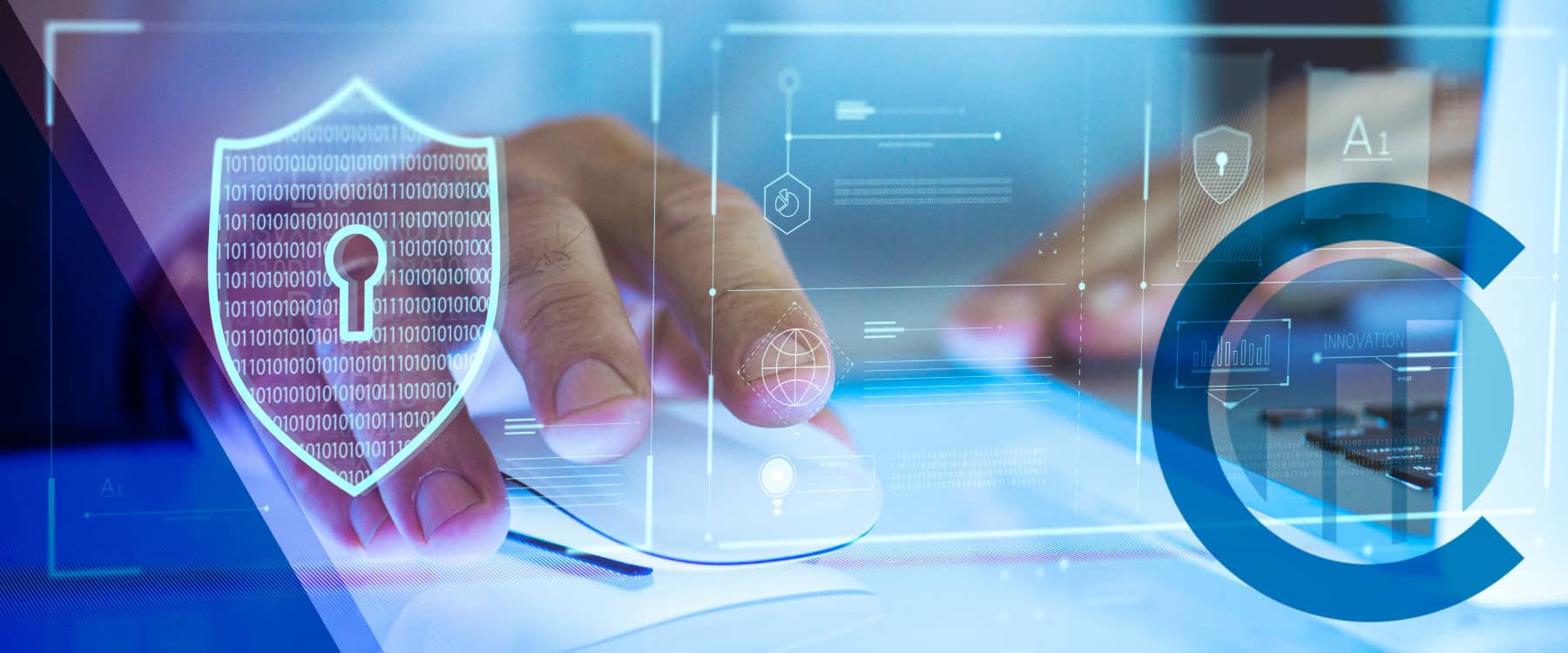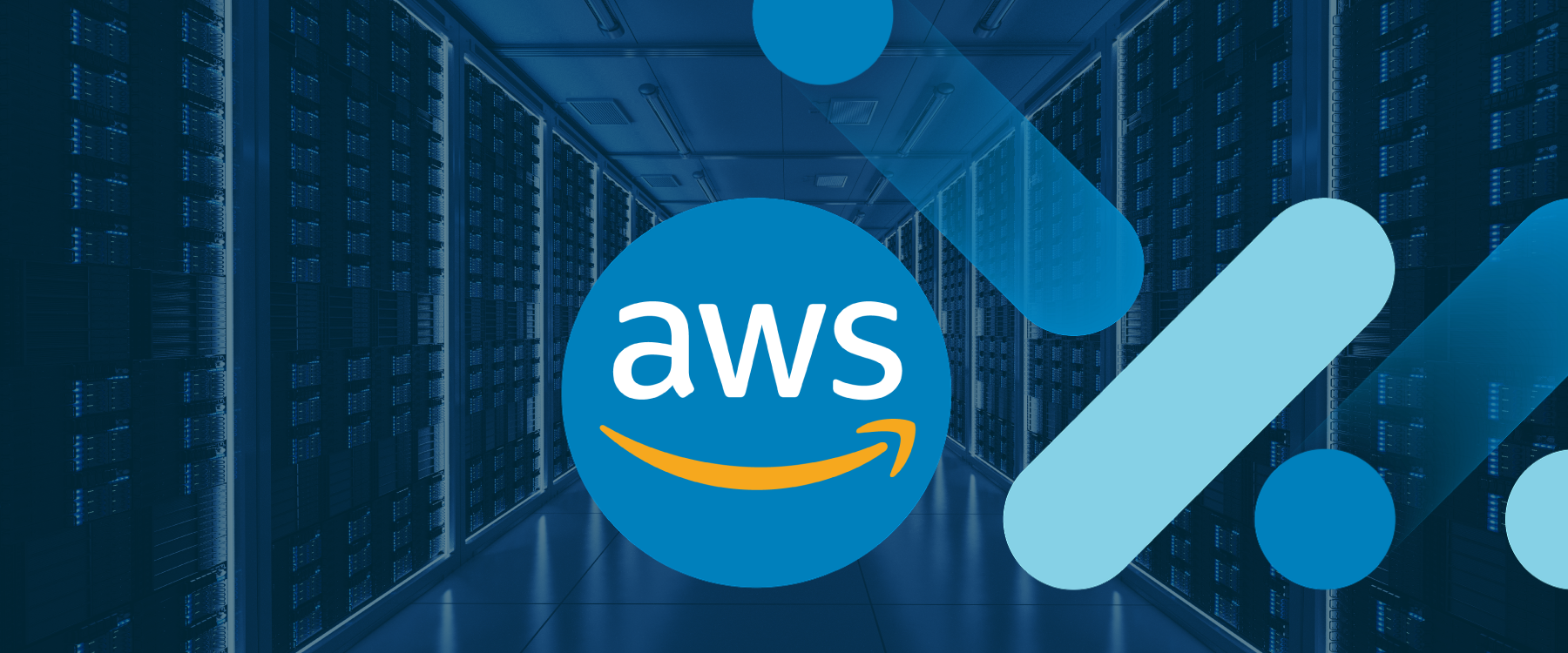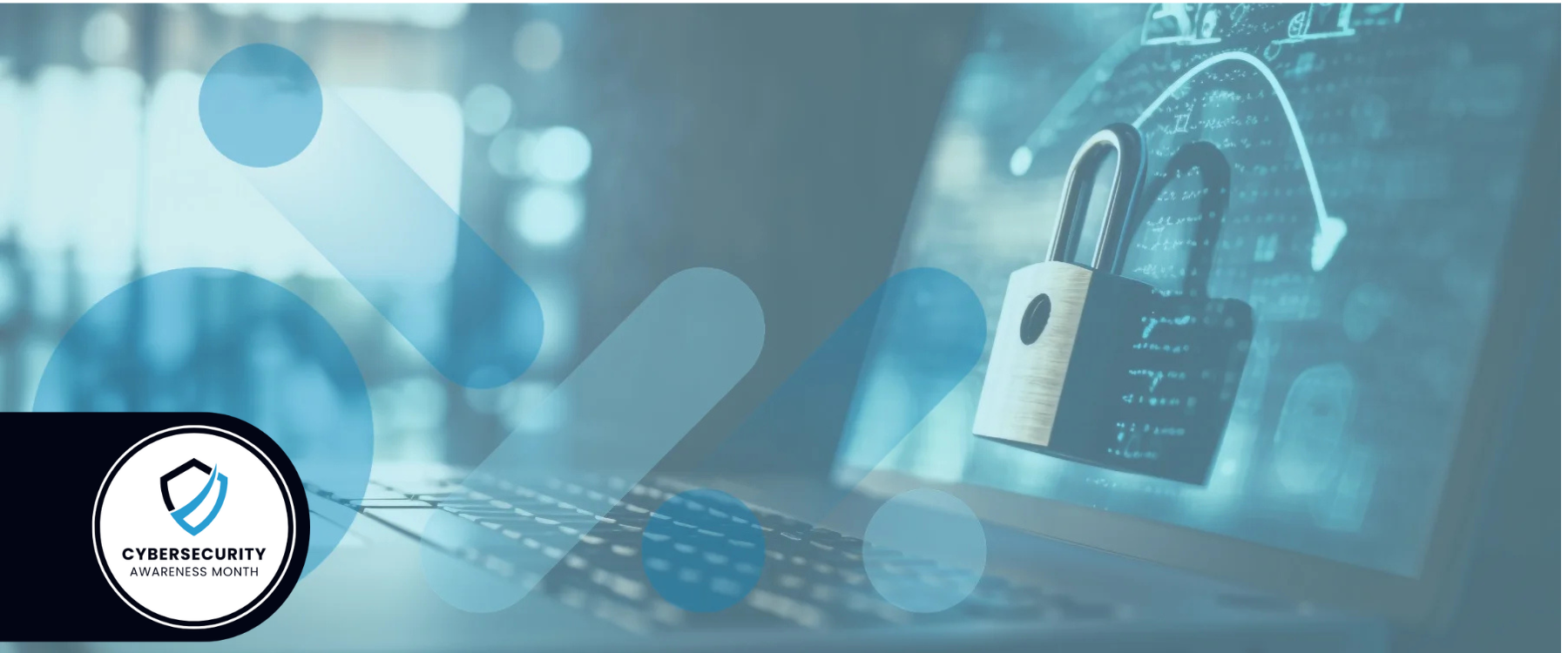Ransomware has emerged as one of the most significant cybersecurity threats in recent years, targeting individuals, businesses, and even government institutions. This malicious software is designed to encrypt files and restrict access to critical data, rendering it unusable until a ransom is paid to the attackers. Ransomware attacks can have devastating consequences, causing financial loss, operational disruptions, and compromising sensitive information. As cybercriminals continue to evolve their tactics, understanding the nature of ransomware and implementing robust security measures becomes crucial to protect against this pervasive threat.
Clop Ransomware – hitting schools, businesses and government agencies in the USA
A growing number of businesses, universities and government agencies have been targeted in a global cyberattack, and it is now unknown how much data was compromised, according to CNN.
While the scope of the attack is not yet fully known, officials at the US Cybersecurity and Infrastructure Security Agency (CISA) said Thursday that “several federal agencies… have experienced intrusions” and suggested a number of businesses could be impacted as well.
Late Thursday, state agencies independently disclosed significant data breaches affecting millions of individuals in Louisiana and Oregon. While the states did not blame the security breach for any specific entity, federal authorities have linked this incident to a wider hacking campaign executed by a Russian ransomware group self-identifying as Clop.
Notably, Clop has previously taken responsibility for hacking operations that compromised employee data at prominent organizations such as the BBC and British Airways. Both companies have acknowledged experiencing cybersecurity incidents stemming from breaches within a shared human resources firm utilized by both entities.
The Origin of Clop Ransomware
Clop ransomware is a sophisticated and highly destructive form of ransomware. It is known for its aggressive encryption capabilities and targeting of large organizations and businesses. Clop ransomware is part of the CryptoMix ransomware family and derives its name from the “.clop” extension it adds to encrypted files.
Clop ransomware typically spreads through phishing emails, exploit kits, or by exploiting vulnerabilities in software and systems. Once it infects a system, it encrypts many file types, including documents, images, videos, databases, and more. It employs strong encryption algorithms to ensure that the files cannot be accessed without the unique decryption key.
After completing the encryption process, Clop ransomware leaves ransom notes, usually in the form of text files or HTML documents, in each encrypted folder. These ransom notes contain instructions on how to contact the attackers and pay the ransom, which is typically demanded in the form of Bitcoin or other cryptocurrencies. The ransom demands are often high, targeting organizations that can potentially afford to pay significant amounts.

How Does Ransomware Work?
Ransomware is malicious software designed to encrypt files and restrict access to them until a ransom is paid to the attackers. It usually works as follows:
- Delivery: Ransomware is usually delivered through various methods, including phishing emails, malicious attachments, infected websites, or exploit kits that target software vulnerabilities. The initial infection vector often relies on social engineering techniques to trick users into opening an infected file or clicking on a malicious link.
- Execution: Once the ransomware enters a system, it executes its code and starts its malicious activities. It may create copies of itself in different locations to ensure persistence and evade detection by security software. It also establishes communication with the command-and-control servers controlled by the attackers.
- File Encryption: Ransomware scans the victim’s files, including documents, images, databases, and more. It uses strong encryption algorithms to encrypt these files, making them unreadable and inaccessible without the decryption key held by the attackers. The encryption process is often quick and efficient, targeting many file types to maximize the impact.
- Ransom Note: Ransomware typically leaves a ransom note on the victim’s system after encrypting the files. This note informs the victim about the encryption and provides instructions on paying the ransom to obtain the decryption key. The note may also include threats of permanent data deletion or the publication of sensitive information to pressure the victim into paying.
- Ransom Payment: The attackers usually demand payment in cryptocurrency, such as Bitcoin, to maintain their anonymity. They provide specific instructions on how to make the payment, often through a Tor network or a hidden website, to hinder tracing their identity or location. Payment deadlines and consequences for non-compliance are often emphasized to compel the victim further to pay.
- Decryption (sometimes): If the victim decides to pay the ransom, they may receive a decryption key or tool from the attackers. However, there is no guarantee that the attackers will provide a working decryption solution.
Mitigating Clop Ransomware Risk
Related to the recent Clop Ransomware, CISA has outlined four essential strategies to reduce the risk posed by Clop ransomware and address the specific attack targeting MOVEit Transfer.
The best practices listed in the CVE-2023-34362 advisory, include the following:
- Take an inventory of assets and data, identifying authorized and unauthorized devices and software.
- Grant admin privileges and access only when necessary, establishing a software “allow list” that only executes legitimate applications.
- Monitor network ports, protocols, and services, activating security configurations on network infrastructure devices, such as firewalls and routers.
- Regularly patch and update software and applications to their latest versions and conduct regular vulnerability assessments.
CloudScale365’s Advice on How to Mitigate the Risk of Ransomware
Ransomware attacks can have severe consequences for organizations. Victims may face substantial financial losses, reputational damage, and legal implications. Moreover, disrupting critical systems and services can lead to operational downtime and significant productivity losses. Mitigating the risk of ransomware requires a multi-layered approach, including regular data backups, robust cybersecurity measures such as firewalls and antivirus software, employee education and awareness programs, and proactive vulnerability management.
At CloudScale365, we recommend the following best practices to mitigate the risk for your business:
- Ensure regular data backups
- Update and patch software
- Implement strong endpoint protection
- Use robust Firewalls
- Ensure your Network Security
- Deploy email security measures
- Enable multi-factor authentication
- Increase user education and awareness
- Restrict user privileges
- Make regular vulnerability assessments
In addition, we strongly recommend all enterprise users to prepare an Incident Response Plan to ensure a swift and effective response in case of a ransomware attack. An Incident Response Plan (IRP) is a comprehensive strategy that outlines the steps to be taken in the event of a ransomware attack. It serves as a proactive approach to handling security incidents effectively and minimize the impact on an organization.
The IRP typically includes steps for incident detection, containment, eradication, recovery, and post-incident analysis. It also designates specific roles and responsibilities, establishes communication channels, and provides guidance on reporting the incident to relevant stakeholders, such as internal teams, law enforcement, or third-party incident response providers. The purpose of an IRP is to minimize the damage caused by an incident, facilitate a swift response, and restore normal operations as quickly as possible.
 Broadwing Capital Acquires CloudScale365...
Broadwing Capital Acquires CloudScale365... 


